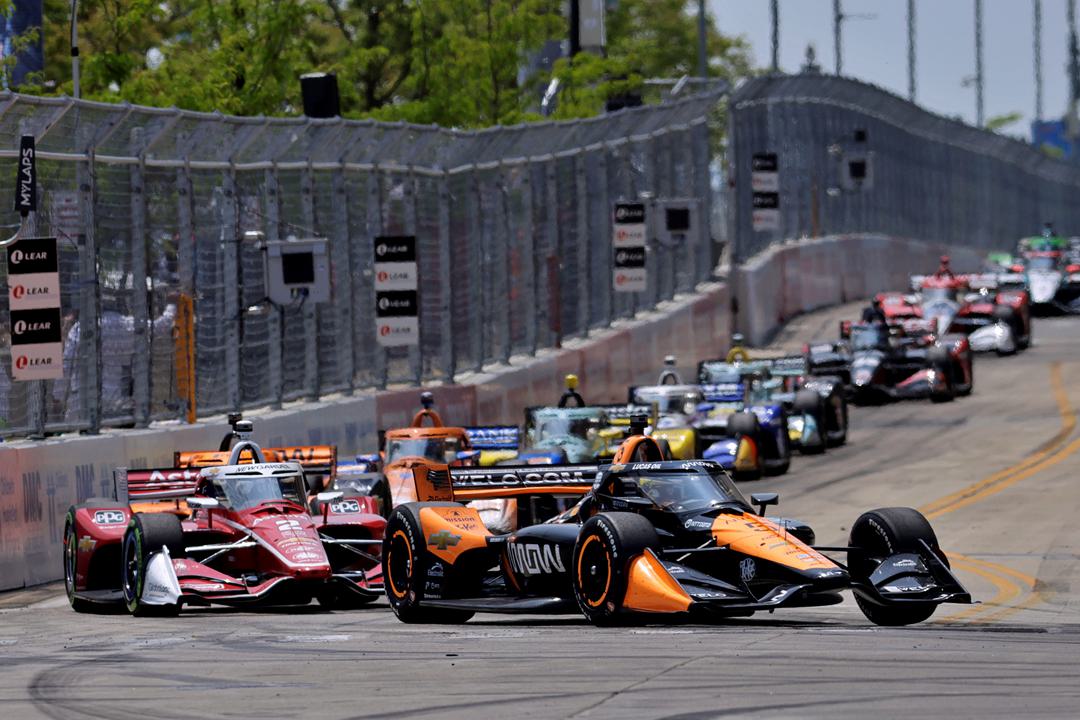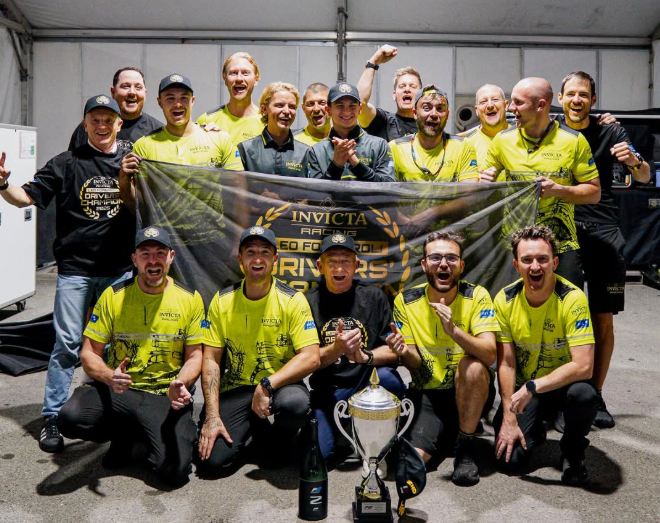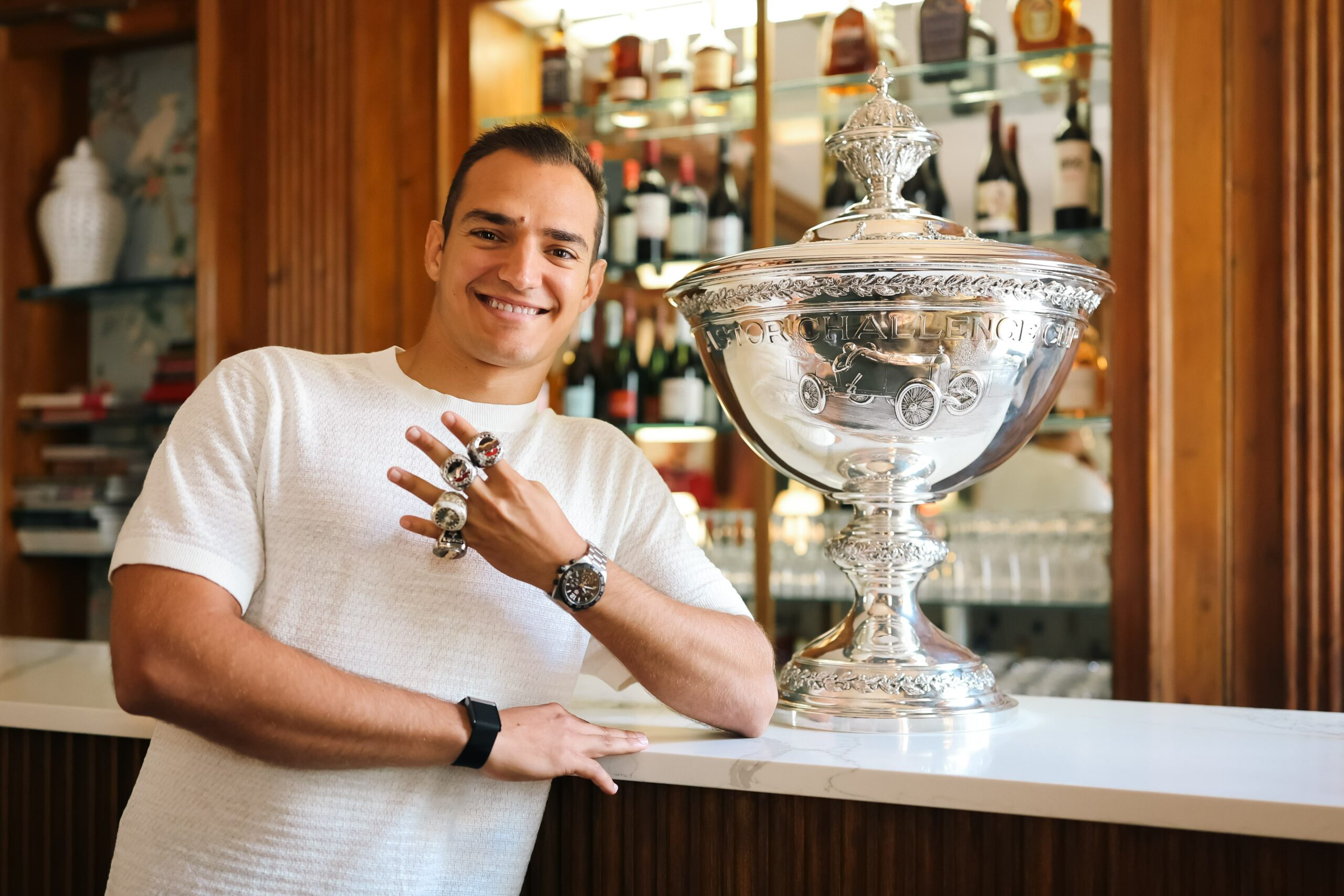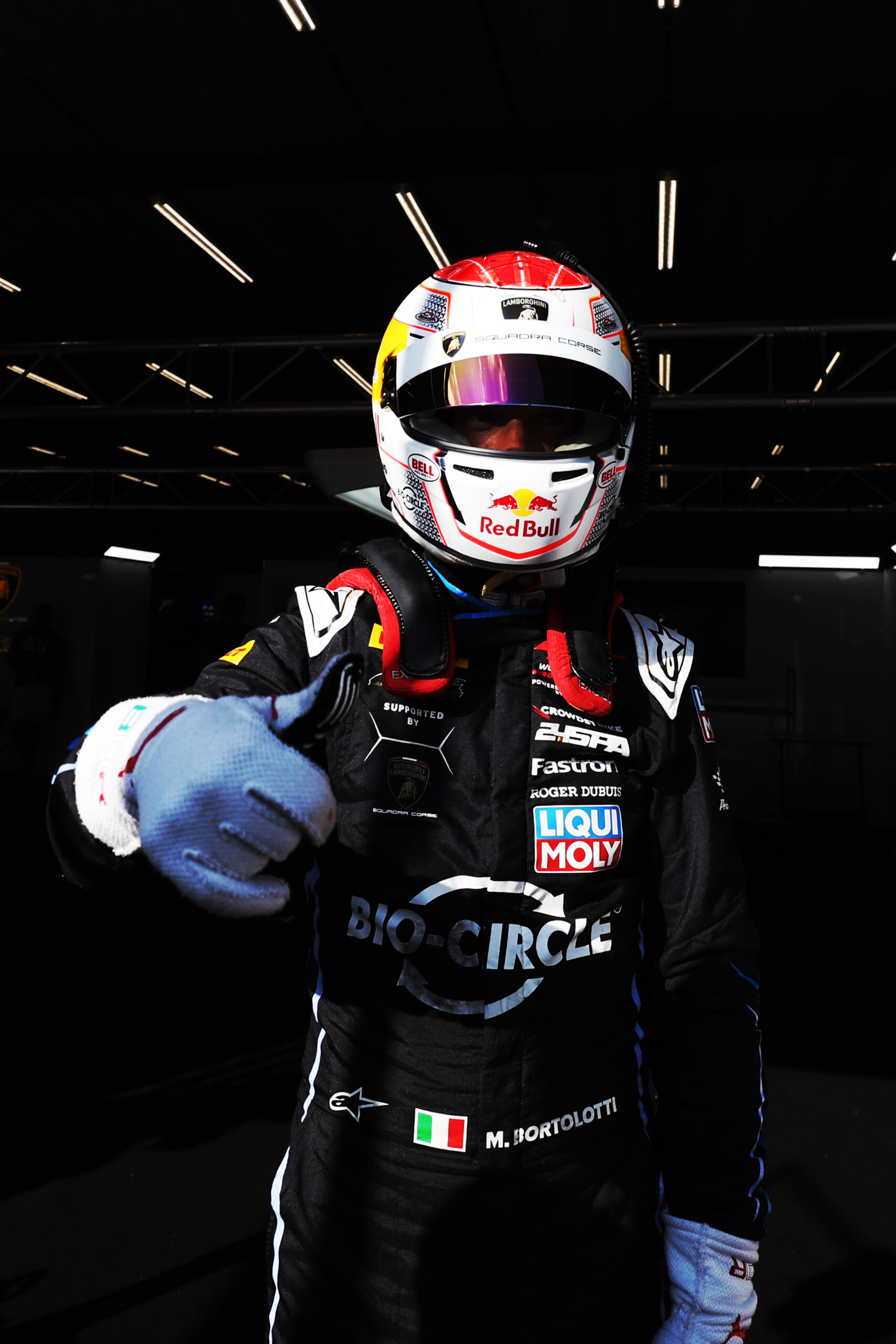IndyCar justifies its tight schedule by using the Indy 500 to build an audience for the remainder of the season — but this can leave teams overworked and fighting exhaustion by the time the Detroit GP arrives.
The IndyCar Detroit GP was chaotic as usual, with five caution periods and seven DNFs during the race. However, we saw several mistakes made at throughout the race. Several drivers, including Graham Rahal, had issues with pit stops affecting their race. PREMA Racing driver Callum Ilott hit the barriers after making a pit stop. The wheel nut on his car was not secure, causing his tire to fall off.
There was a massive crash during the race, as well. Rookie Louis Foster experienced a suspension failure on his car, causing him to crash into Felix Rosenqvist. The race had to be red flagged. Thankfully, both drivers reported to be okay.
It should be noted that teams have had to work across five consecutive weeks with no breaks: May 4th (Alabama Indy GP), May 10th (Sonsio GP), May 17th (Indy 500 qualifying), May 25th (Indy 500), and June 1st (Detroit GP).
This begs the question: Is the current IndyCar schedule feasible for teams? Pit Debrief spoke exclusively to IndyCar drivers to get their perspective on the issue.
Will Power: “I enjoy it”
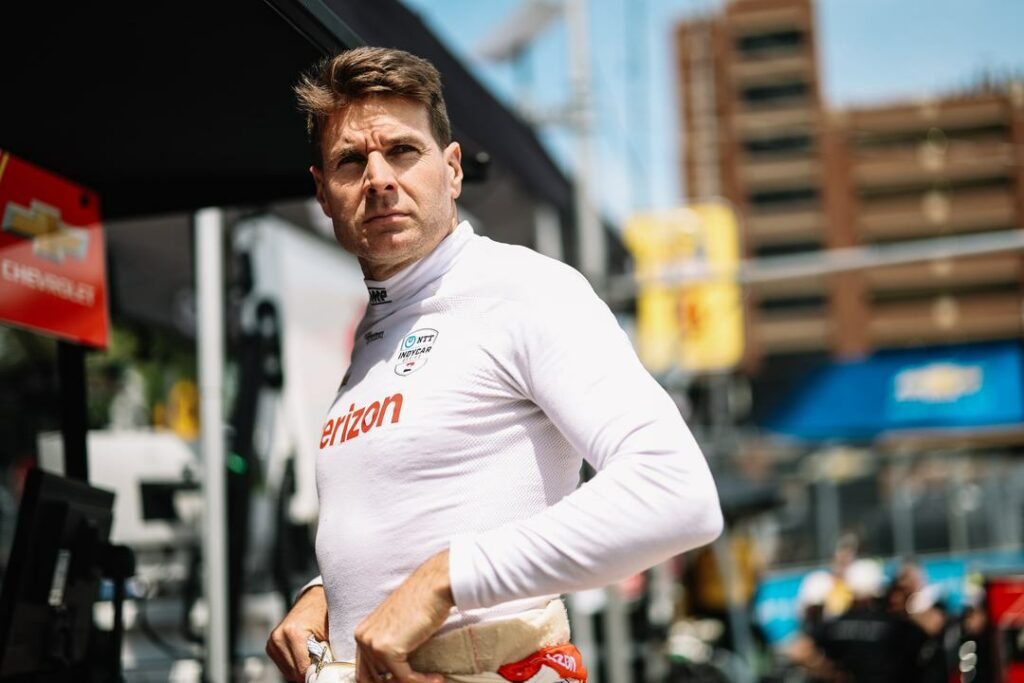
Two-time IndyCar champion Will Power likes the current IndyCar calendar, as it keeps the adrenaline pumping between races.
“It’s always been this way. I enjoy it, actually. You just kind of get rolling quickly after a very high-level, stressed month.
“If you finish well, well you’re really stoked to be here. If you didn’t, you’re very determined to fix that.”
Christian Rasmussen: “It’s five weekends in a row”

ECR driver Christian Rasmussen discussed the business of IndyCar’s summer schedule more generally. He explained that the tightknit calendar is likely to bring in some of the Indy 500 viewers.
“It’s definitely a quick turnaround.
“And it’s not only the Indy 500, right? Because we had Barber and went straight to Indy GP, then straight into qualifying for the 500, into the 500, and now Detroit. It’s not like it’s a doubleheader — It’s five weekends in a row where we’re on a racetrack. So, it’s definitely busy.
“I understand why they do it like that. I think the idea is to get some of the hype from the Indy 500 and kind of carry that on to Detroit. So, I get it. It was the same last year. It’s fine.
“We know that this summer period is super busy. Not only up to this point, but also like, I think July is four races in a row. It’s condensed.
“It’d be nice with some time off, but at the end of the day, that’s how it is.”
Rasmussen discussed how he stays focused over the prolonged race schedule.
“For me, it’s all about just focusing on the next thing, whether that is qualifying for Indy, if it’s Indy, if it’s here, I always just try and focus on the next task at hand.”
PREMA Racing — How does a new team navigate the IndyCar schedule?
The tight schedule might be particularly tricky for new drivers and teams. PREMA Racing is competing in their first IndyCar season this year. The team has a prominent history in Europe, competing in series such as Formula 2. IndyCar is their first foray into American motorsports.
Drivers Robert Shwartzman and Callum Ilott discussed their thoughts on the IndyCar calendar exclusively with Pit Debrief.
Robert Shwartzman: “It’s a bit more for us”
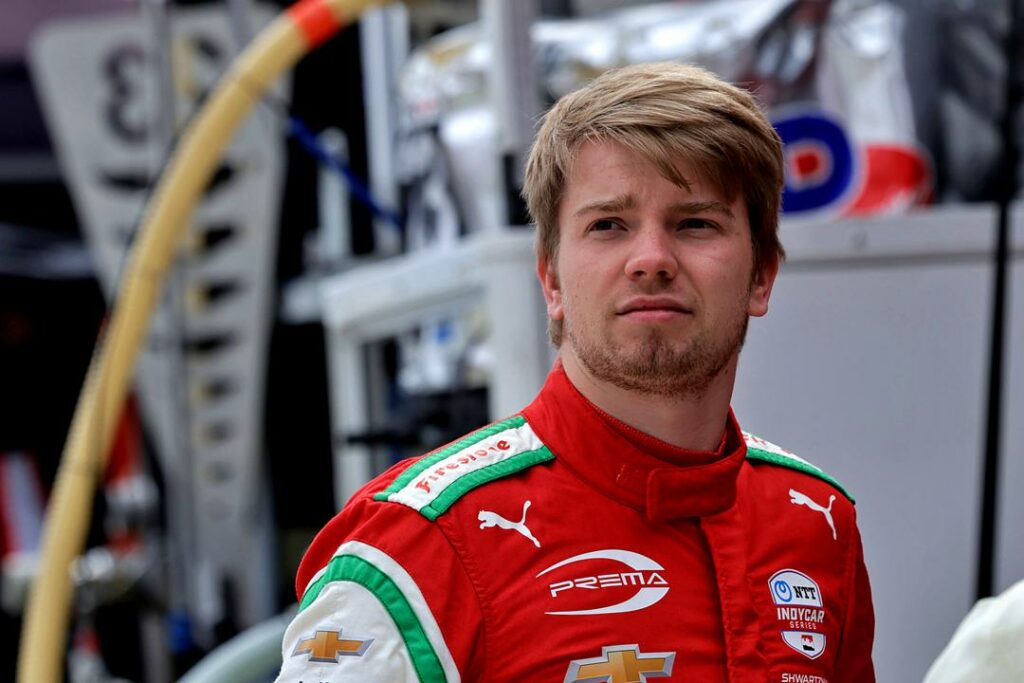
IndyCar rookie Robert Shwartzman explained how PREMA’s position as a rookie team puts them at a potential disadvantage when handling a tightknit schedule. They do not have the same experience as other teams. He felt that the team will likely be more comfortable with the schedule in following years.
As the first rookie pole-sitter at the Indy 500 in over 40 years, Shwartzman had previously discussed how media work became a lot to handle leading up to the race. It is no surprise his feelings appear to be similar regarding IndyCar’s schedule.
“I think, for the people who has experience, it doesn’t make much of an influence.
“So, it’s a bit more for us now because we’re new, so we require more time.
“I believe that whenever we’re gonna get to a level where we’re gonna know things, and we have it in a consistent way, it wouldn’t change much for us. It wouldn’t affect us because if we go straight to next race after Indy, we will be already ready. Now, we’re a bit rushing things out because we don’t have everything set.
“So, I wanna believe, like, next year, for example, we’re gonna be, in a way, a better place where, for us, it’s gonna be more smooth, this transition between Indy 500 to Detroit.
“I think it’s just a bit more for the new guys, for us, more of a challenge than for the others.”
Callum Ilott: “It’s that one more, one more kind of style”
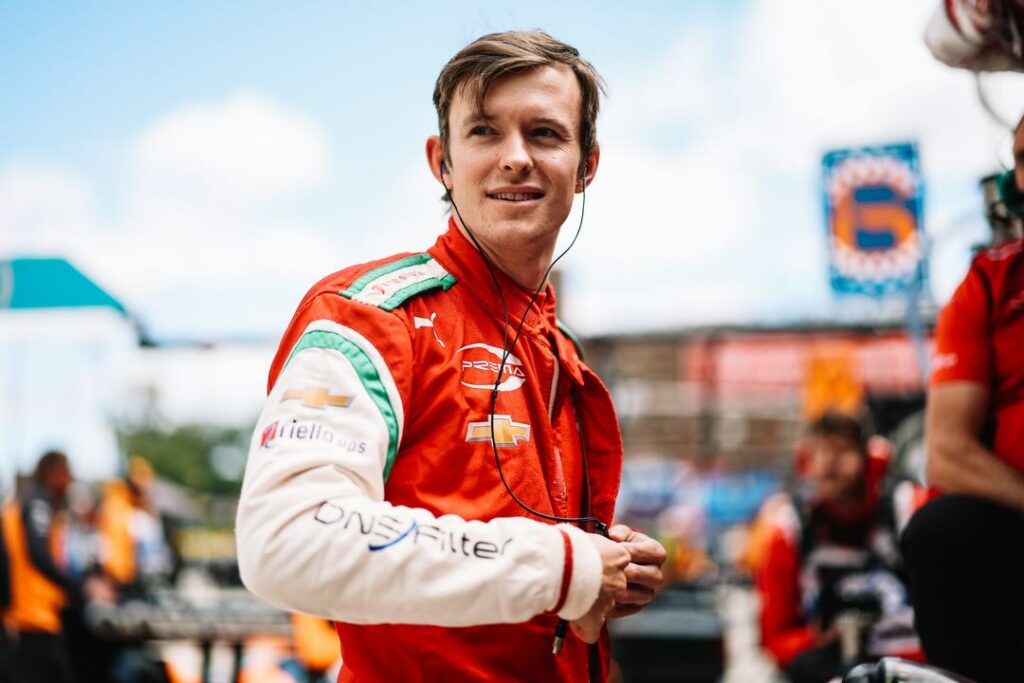
PREMA Racing driver Callum Ilott mirrored similar sentiments to his rookie teammate. Ilott discussed the workload on the crews with Pit Debrief. During the Indy 500, crew members were injured when Shwartzman crashed in the pit lane. The team was missing members when attending the IndyCar Detroit GP, potentially affecting their performance.
“I think if we have the choice, yeah, there should definitely be a week off.
“But at the same, it’s yes and no, right? Like we’re here. Everyone, I would say is okay here, except for Alex Palou, who’s been working to the bone probably. That’s tough for winning the 500. But at the same time, we’ll do this weekend and then have a week off.
“And it’s just that one more, one more kind of style. Is everyone in tip top condition from mechanics and all of that? No.
“Obviously, we had a couple of casualties during the race. There are some other teams that, just with the excessive workload and physical stress of whether they’re under the cars, inside the cars, with wires and then the pit stops, I’m sure there’s a few teams who are physically not there. And that’s the visible conditions, let alone the mental stress of it.
“Yeah, more time off is always great, but we can’t always get it with the way the series works.”
Ilott discussed the ways he keeps up his performance during such a packed schedule. He stated that physical fitness plays a big role in keeping up one’s stamina.
“With the team, both me and Robert have had trainers since the beginning of the year. I increase quite a lot, my physical performance before and into the start of the year. And then it’s been more of a maintenance thing. I got to a point that I was quite happy with and gained a bit of weight compared to where I was.
“And then during the 500, it’s pretty easy to say like, oh no, I’m not doing anything this week because I’m just going to chill out.
“Whereas if I think I was a bit behind, I think you’re kind of trying to catch up and you’d be in a bit of a difficult situation. But yeah, you’ve got to prioritise physical fitness versus fatigue and all of that sort of stuff.
“And I know from years past, like my first year being a rookie, having to do more media stuff and events, that’s quite tough and takes a toll. I just take a step back when I can.”
What are the network’s results?
Since IndyCar’s main goal is to build viewership following the Indy 500, how many people tuned into the IndyCar Detroit GP?
Fox Sports reported that 7.08 million viewers watched the 2025 Indy 500, and 1.06 million viewers watched the Detroit GP. In fact, the 2025 IndyCar Detroit GP had a 75% increase in viewership compared to 2024. With the series switching from NBC to Fox Sports, this increase in viewership might reflect the increased visibility of IndyCar thanks to Fox’s marketing.
It should be noted that the IndyCar Detroit GP is currently the third-most viewed race of the season, behind the Indy 500 and season opener. Therefore, there appears to be some merit in tightening up the schedule to capitalize on the Indy 500’s popularity.
However, it should be important to account for driver and crew health and wellbeing. While the IndyCar schedule has always been closeknit, this should not discount any potential effects of fatigue and exhaustion. There appears to be a disconnect between what the organization wants to see, and what drivers would prefer for the schedule. Therefore, IndyCar should be working with teams to determine the feasibility of the calendar.

